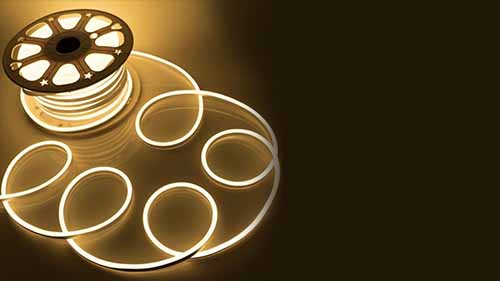
Neon is the 5th most common element found in the atmosphere after oxygen, helium, carbon, and hydrogen. Its atomic number is 10 and comprises ⅔ of the air’s density. Once carbon dioxide, argon, oxygen, and nitrogen are removed from the air, neon (along with xenon and krypton) is left in the dry air. Although neon is found in large volumes in stars, it is rare on Earth. This is because it is lighter than air so it can escape from the Earth’s atmosphere.
Do you want to know more about neon? Here, we will discuss the most important facts you need to know about neon and neon lights. So if you are interested, keep on reading!
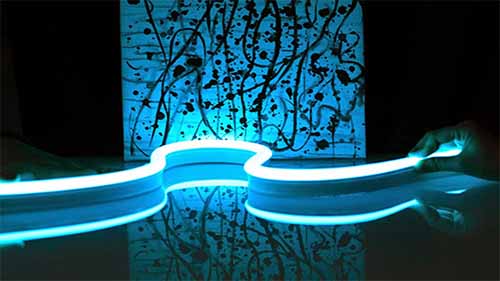
Let us start with the basic characteristics of neon.
Neon applies to a wide variety of ultra-bright and fluorescent colors. Below are the fluorescent versions of the main primary and secondary colors:
Neon is mainly acquired from liquefying air. It has the narrowest temperature range among all elements in the periodic table (-248.45 °C to -245.95 °C) in the liquid form.
Neon is an odorless and colorless gas under normal pressure and temperature. It emits a red-orange light in a vacuum discharge tube that makes neon colors luminescent.
The discovery of neon had a great impact on modern advertising and manufacturing industries. They are heavily used in creating neon signs for advertising purposes which helped companies generate more sales.
Manufacturers also use neon to make lasers, diving equipment, lightning arresters, and high-voltage switching gear and indicators. Liquid neon is also used as a cryogenic refrigerant because it has more than 40 times refrigerating capacity compared to liquid helium.
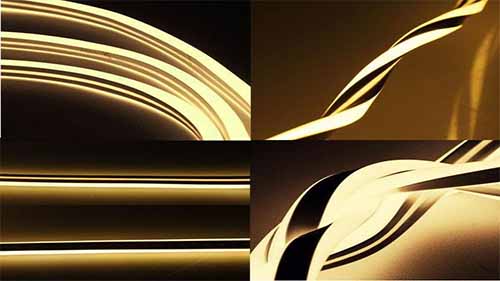
Now that you know what neon is and their importance, let us proceed to the discovery of the neon element.
Neon was discovered in 1898 at University College London. It was discovered from the gas that evaporated from solid argon. It is found in the atmosphere along with other gasses such as oxygen, nitrogen, and carbon dioxide.
In 1975, Henry Cavendish tried to remove all nitrogen and oxygen from a container of air, but some unknown gas was left behind the container. Two other scientists, Lord Rayleigh along with Sir William Ramsay, decided to find out what this gas was. Their initial conclusion was argon after performing several experiments.
However, Ramsay was not satisfied with the results. He was convinced that there are other undetermined gasses in the atmosphere. He then partnered with Travers and performed experiments to discover other noble gasses by boiling argon. Their efforts were a success because they discovered 3 new noble gasses: xenon, krypton, and neon. Ramsay got the name “neon” from the Greek word “neos” which means “new”.
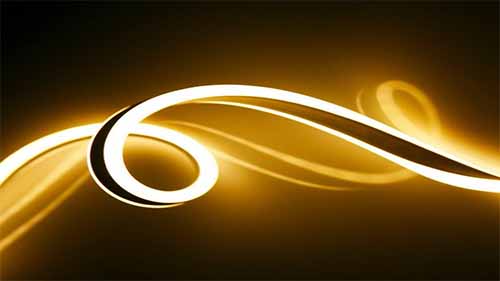
To give you an idea on how neon works, below are the key points on how neon lights work:
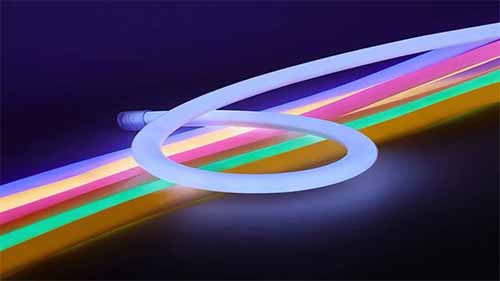
Neon is an inert atmospheric gas. It is generally non-toxic under normal pressure and temperature. It does not pose any threat to the environment. In fact, it is unlikely to cause damaging impacts because it does not form compounds and it is chemically unreactive.
However, neon can be dangerous to humans in large quantities. It is considered an asphyxiant which means that it can eliminate oxygen gas from the air. This is harmful in closed areas. The absence of oxygen can cause suffocation to a person.
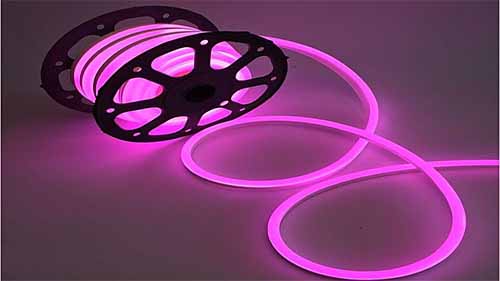
Because neon is rare in air, it’s an expensive gas to produce (about 55 times more expensive than liquid helium). Even though it’s rare and expensive on Earth, there is a fair amount of neon in the average home. Neon production costs about $33 per 100 grams.
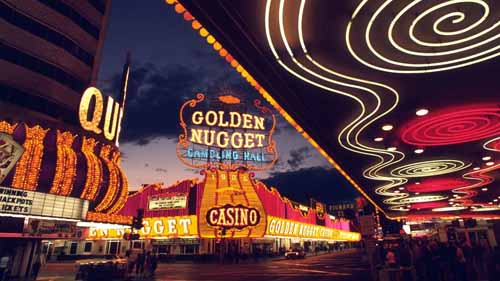
When you hear neon, the first things that come to mind are neon lights. Neon lights are the major applications of neon gas.
Neon lights are usually associated with advertising signs. They use neon gas trapped in hollow glass tubes that produce a luminous glow when an electric current runs through the gas’ atoms. Small amounts of argon are often mixed with the neon gas to produce a reddish-orange light.
The first neon lights were made by Georges Claude, a French chemist, in 1910 and displayed to the public on December 1911 in Paris. Since then, the use of neon lights in business signs quickly became popular in the 1920s throughout the United States and France.
The most common uses of neon light nowadays are in advertising signs. You will find them everywhere – shops, hotels, restaurants, drugstores, shows, and others. Their main purpose is to highlight a particular space they are installed in because they make the space stand out even from a distance.
The neon light industry started when Georges Claude saw the business potential of neon lights in advertising and signage applications. The industry boomed when Georges sold 2 neon signs to the Packard car company in 1923. LED neon lights have been changing the commercial sign industry because of their many benefits.
Are you planning to buy LED neon lights? You can find them in retail stores, online platforms, and from LED manufacturers.
If you are going to buy in retail quantities, your best option is to buy from LED retail stores. For sure, there are a lot of stores that sell LED neon lights near you.
There are a lot of online platforms where you can buy affordable LED neon lights in bulk such as Amazon, AliExpress, Alibaba, eBay, and IndiaMart to name a few.
Lastly, you can buy LED neon lights from manufacturers such as Ginde Star. We can even provide you with customization options to match your business’ specific design needs.
As you can see, neon colors are widely used in advertising signs because of their interesting characteristics. They can give life to any space with their bright luminous colors to help businesses attract their desired customers. We hope that you have learned a lot about neon colors and neon lights in this short blog.